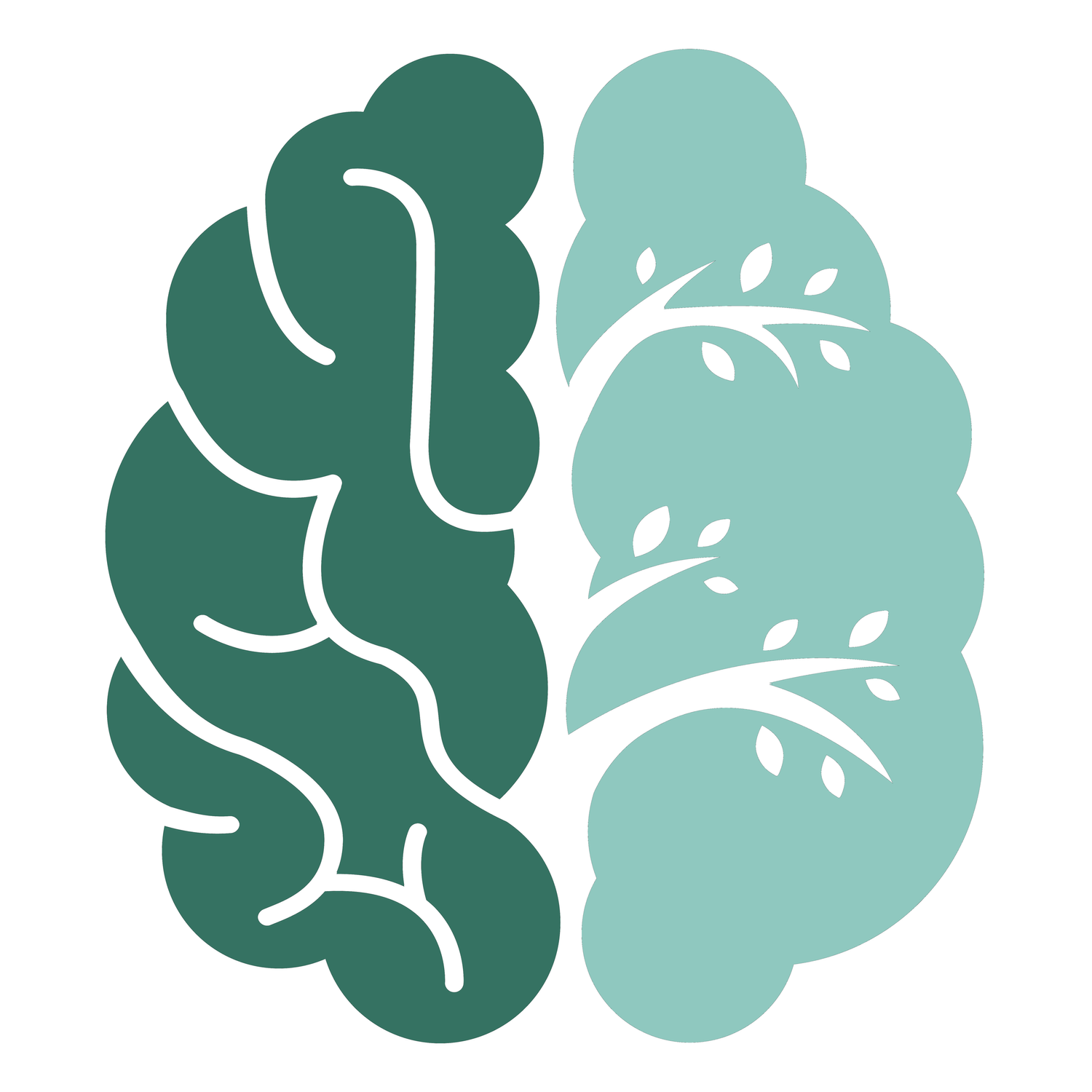Understanding Functional Neurological Disorder (FND)
Functional Neurological Disorder (FND) is really an umbrella term that includes motor, sensory, or cognitive symptoms. According to NORD, it’s defined as “a medical condition in which there is a problem with the functioning of the nervous system and how the brain and body sends and/or receives signals, rather than a structural disease process such as multiple sclerosis or stroke. FND can encompass a wide variety of neurological symptoms, such as limb weakness or seizures.” – NORD
Although this definition was taken from the National Organization for Rare Disorders (NORD), FND is much more common than you’d expect. You are not alone.
What is FND?
I like to explain FND as a “software” issue of the nervous system, as opposed to a “hardware” issue. After something like a stroke, traumatic brain injury, or neurodegenerative disease, there are visible changes to the structure of the brain or nervous system that can be seen on standard imaging. There has been some degree of cell death or injury to the tissue. You can think of this as a “hardware” issue.
Alternatively, FND is more of a “software” issue. This means that standard imaging may turn up normal because there is no cell death, and the hardware is still intact. However, the FUNCTIONING of the nervous system has been affected. It’s having trouble sending and receiving signals correctly, which you can think of as a “software issue.” Just because FND isn't seen on standard imaging, does NOT mean that it isn't real, it's a psychiatric disorder, or that it’s “all in your head.” FND symptoms are genuine and can have a profound effect on function.
Another analogy I like to use is the puppeteer. Think of your brain as a puppet master, controlling your bodily functions by moving the corresponding strings. A hardware issue is analogous to cutting some of the strings. A software issue (like FND) is analogous to tangling the strings. The strings are all still there and connected on both ends. However, they are harder to control because they’re tangled. The sending and receiving of signals have been altered due to the tangled strings.
It's important to note that that FND is not a diagnosis of exclusion. Even though standard imaging (like MRI) may have been normal, there are other FND specific tests, signs, and symptoms that can lead to a positive diagnosis. Neurologists, particularly movement disorder specialists, generally are the ones to provide a diagnosis.
FND can lead to a number of motor, sensory, or cognitive symptoms. Some examples are limb weakness, changes to the way you walk, tremor, paralysis, dissociative events, sensory changes like numbness or tingling, dizziness, cognitive issues, fatigue, and pain. This is not an all-inclusive list. It’s also important to note that FND can occur at the same time as other diseases, and co-morbidities are often present.
The good news: FND is treatable, and many patients will see some improvement with treatment.
Here are some helpful resources if you've been diagnosed with FND:
Please click HERE to read the disclaimer.


